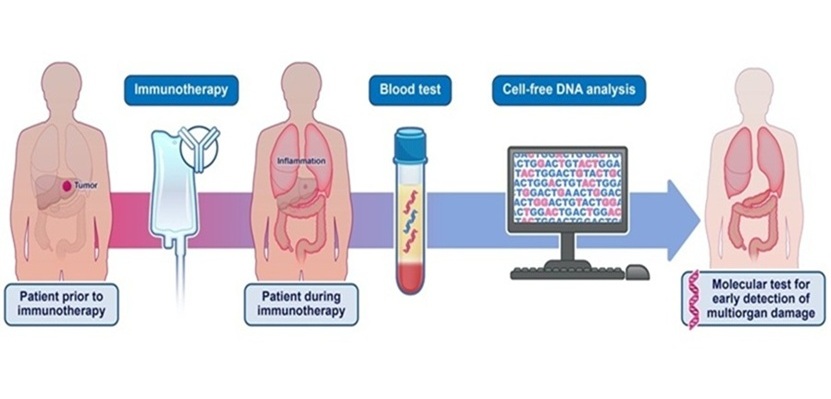Multimarker Testing Procedure Developed for Rapid DOA Screening
By LabMedica International staff writers
Posted on 03 Dec 2009
A multimarker drugs-of-abuse (DOA) testing procedure has been developed for rapid drug screening programs.Posted on 03 Dec 2009
DOA biochips permit the analysis of up to 10 drug classes from a single patient sample, providing rapid and accurate testing. The biochip array technology is based on enzyme-linked immunosorbant assay (ELISA) procedures.
The new drugs-of-abuse testing methods were developed Randox Laboratories (Crumlin, UK), a privately owned diagnostic reagent and equipment manufacturing company. The DOA biochips permit the analysis of up to 10 drug classes from a single patient sample, providing rapid and accurate testing.
Each 9 mm x 9 mm biochip comprises up to 25 discrete test regions on which immobilized antibodies specific to each biomarker are contained. Two DTRs are reserved for quality control testing.
The DOA biochip arrays developed by Randox demonstrate good assay performance and correlation with gas chromatography-mass spectrometry (GC/MS), according to the company.
Two DOA biochip arrays, both validated for use with urine and whole blood, are available: DOA array I contains amphetamine, methamphetamine, barbiturates, benzodiazepine 1 and 2, cannabinoids, cocaine metabolite, methadone, opiates, and phencyclidine; DOA array II enables testing for buprenorphine, fentanyl, generic opioids, ketamine, d-lysergic acid diethylamide (LSD), 3,4-methylenedioxy-N-methylamphetamine (MDMA)-commonly known as ecstasy, methaqualone, oxycodone 1 and 2, and propoxyphene. Creatinine is included on the arrays as a marker of adulteration when testing urine samples.
The use of oral fluid as a sample matrix is validated on DOA array I, and is currently in development for DOA array II.
Three biochip analyzers have been developed and can be employed for the DOA arrays. The fully automated Evidence was designed for high-throughput laboratories and requires as little as seven μL of urine for all 10 drug classes. This rapid testing platform generates 1,088 tests per hour. Once samples are loaded onto the Evidence, the doors are locked and the PC interface is password protected, providing chain-of-custody information.
The semi-automated Evidence Investigator for medium-sized laboratories and the point-of-application Evidence Multistat analyzer, which generates results in 20 minutes, are also available.
Related Links:
Randox Laboratories














